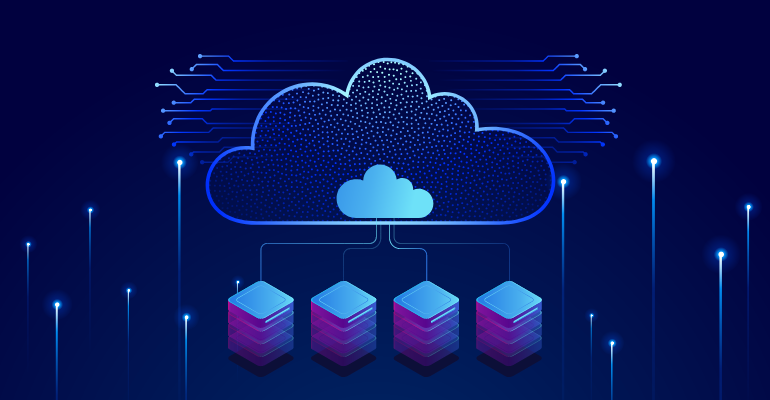Cloud migration project success
What are cloud migration risks and benefits?
Cloud migration can provide a number of benefits, such as increased efficiency, cost savings, and scalability. However, there are also several risks associated with cloud migration, including data loss or theft, performance issues, and security breaches. Organizations need to carefully weigh the risks and benefits of cloud migration before making a decision.
There are a number of risks associated with cloud migration, including data loss or theft, performance issues, and security breaches. Data loss or theft can occur if files are not properly backed up or if they are not encrypted during transit. Performance issues can arise if the new system is not properly configured or if there is insufficient bandwidth. Security breaches can occur if the new system is not properly secured or if sensitive data is stored in the cloud. Organizations around Doncaster area need to carefully weigh the risks and benefits of cloud migration before making a decision.
Cloud migration can provide a number of benefits, such as increased efficiency, cost savings, and scalability. However, there are also several risks associated with cloud migration, including data loss or theft, performance issues, and security breaches. Organizations around Doncaster area need to carefully weigh the risks and benefits of cloud migration before making a decision.

How does a cloud migration project work?
A cloud migration project generally follows these steps:
1. Discovery and Assessment: In this phase, you’ll need to assess your current on-premises infrastructure and workloads to determine what can be migrated to the cloud. This assessment will help you develop a migration plan that includes an estimation of costs, timelines, and resources required.
2. Migration Planning: Once you’ve assessed your workloads, you’ll need to plan your actual migration. This planning phase will involve developing a detailed roadmap for moving your workloads and data to the cloud. You’ll also need to decide which cloud platform or provider is best suited for your needs.
3. Migration Execution: In this phase, you’ll actually migrate your workloads and data to the cloud. This can be a complex process, so it’s important to have a well-defined plan and to execute tasks in the correct order.
4. Post-Migration Support: Once your migration is complete, you’ll need to support your new cloud environment. This may include ongoing maintenance and management of your infrastructure, as well as training for your staff on how to use the new cloud environment.
Cloud migrations can be complex projects, so it’s important to have a clear understanding of the steps involved before you begin. By following these steps, you can ensure that your migration goes smoothly and that your workloads are properly supported in the cloud. Contact Doncaster Apps so we can guide you with the proper procedure in cloud migration.
